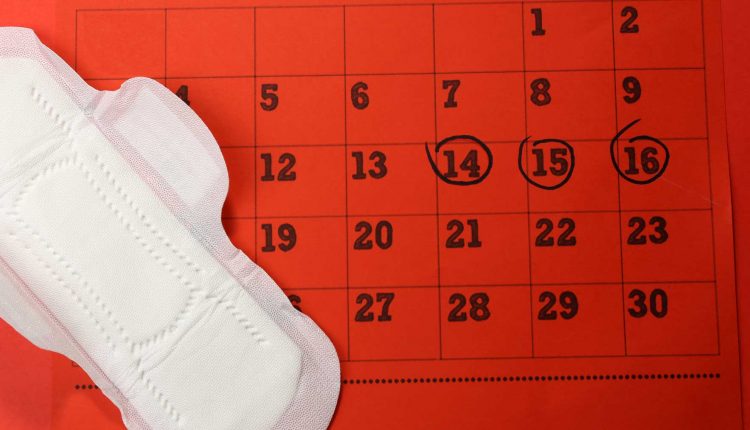
Amenorrhea – The absence of periods
Amenorrhea is a condition that most of us don’t know about – however, it is essential for us to spread awareness about it. Here’s all that you need to know about Amenorrhea. It is a condition where periods are absent during a female’s reproductive years. Amenorrhea is not a disease and does not mean that the person going through it is infertile.
Amenorrhea can be of two types:
- Primary Amenorrhea
- Secondary Amenorrhea
Primary Amenorrhea
It is a rare condition when periods do not occur during puberty and do not start by the age of 16.
Secondary Amenorrhea
This condition is a result of some underlying health problems when periods start during puberty but stop occurring.
Amenorrhea Symptoms

Besides not having your period, there are other symptoms face:
- Headaches, anxiety & stress
- Pain in your pelvic or stomach area
- Body acne & face pimple
- Hair loss
- More growth in facial hair
- A milky discharge from your nipples
- No breast development (in primary Amenorrhea)
Reasons for Secondary Amenorrhea
- Gynaecological Disorder
- Serious Illness
- Physical Stress
- Having a Very Low Body Mass Index
What to do if you are experiencing Amenorrhea?
It is always best to consult your doctor if you are experiencing this condition, and they might recommend a combination of medication and specific lifestyle changes to improve this condition.
Speak to your doctor at the earliest if you face these symptoms and get help!
Amenorrhea treatment

Treatment for primary and secondary Amenorrhea may vary. Treatments such as changes in diet, activity, stress, hormonal medicines and birth control pills can help trigger a period. Other than this, hormone therapy can also be used to balance out hormones.
Surgery is a rare option but may be needed in some severe cases:
- To correct genetic or chromosomal defects.
- To remove uterine scar tissue.


